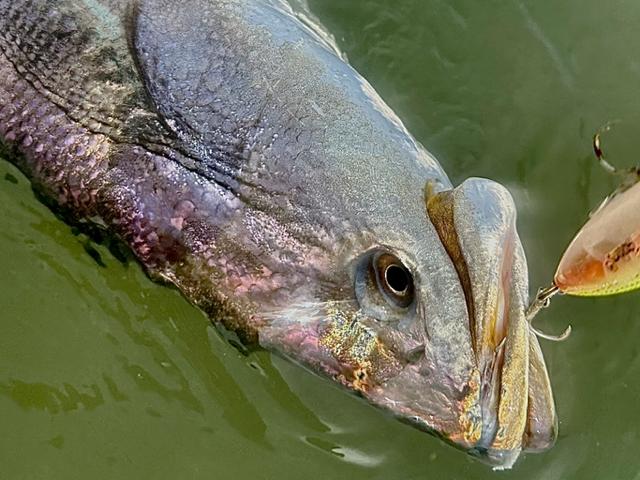
Through the years, I have written articles, blogs and even book chapters about the importance of making yourself actually go fishing as opposed to just wanting to go. Honestly, it is the best thing you can do to become a better angler beyond any other strategy, technique or secret spot.
Recently, I had a discussion with a reader who dismissed this theory under the precept that “yea, yea, I go fish and fish, but I never catch anything. No matter how many times I go, I still don’t catch anything.” As I thought through his point, my next logical question was, “Do you ever change bays, strategies, timing or anything on your fishing trips?” As you might imagine, his answer was a simple and somewhat dejected “no.”
Case solved.
For the Go Fish axiom to actually work, there is an embedded requirement that you don’t repeat what isn’t working. If you go to a given bay or flat and wadefish with no results on an early Saturday morning. I would definitely suggest going fishing again the following weekend, but I would vehemently request that you not repeat the exact strategy, place and techniques that failed the previous week.
In many ways, anglers are arguably easier to pattern than even the most predictable fish. We like the path of predictability and least resistance. But, in angling, that default almost certainly leads to a poor performance. The best anglers fish regularly and constantly adapt their patterns, places and techniques. They are students of the art of fishing, and by their nature are willing to listen, learn and adapt. When you think about the broad scope of conditions that impact the feeding and travel patterns of a fish, it reminds you that the fish are as dynamic as the environment they live in. They are subject to everything from tide to temperature to lunar pattern and possibly even conditions that we are not aware make an impact. If you think about it, even the most controlled environment like a small, freshwater stock pond has significant fluctuation in angling patterns through a year, month or even day. When you imagine the multitude of environmental impacts in an estuary, bay or open ocean environment, the potential patterns become an almost limitless equation to calculate. With that in mind, it again strikes me that the only way to decode an intricate maze of patterns is keep adjusting, observing and trying again and again and again. So, I find myself back at the same mantra that the best way to get better at fishing is…Go Fish.
